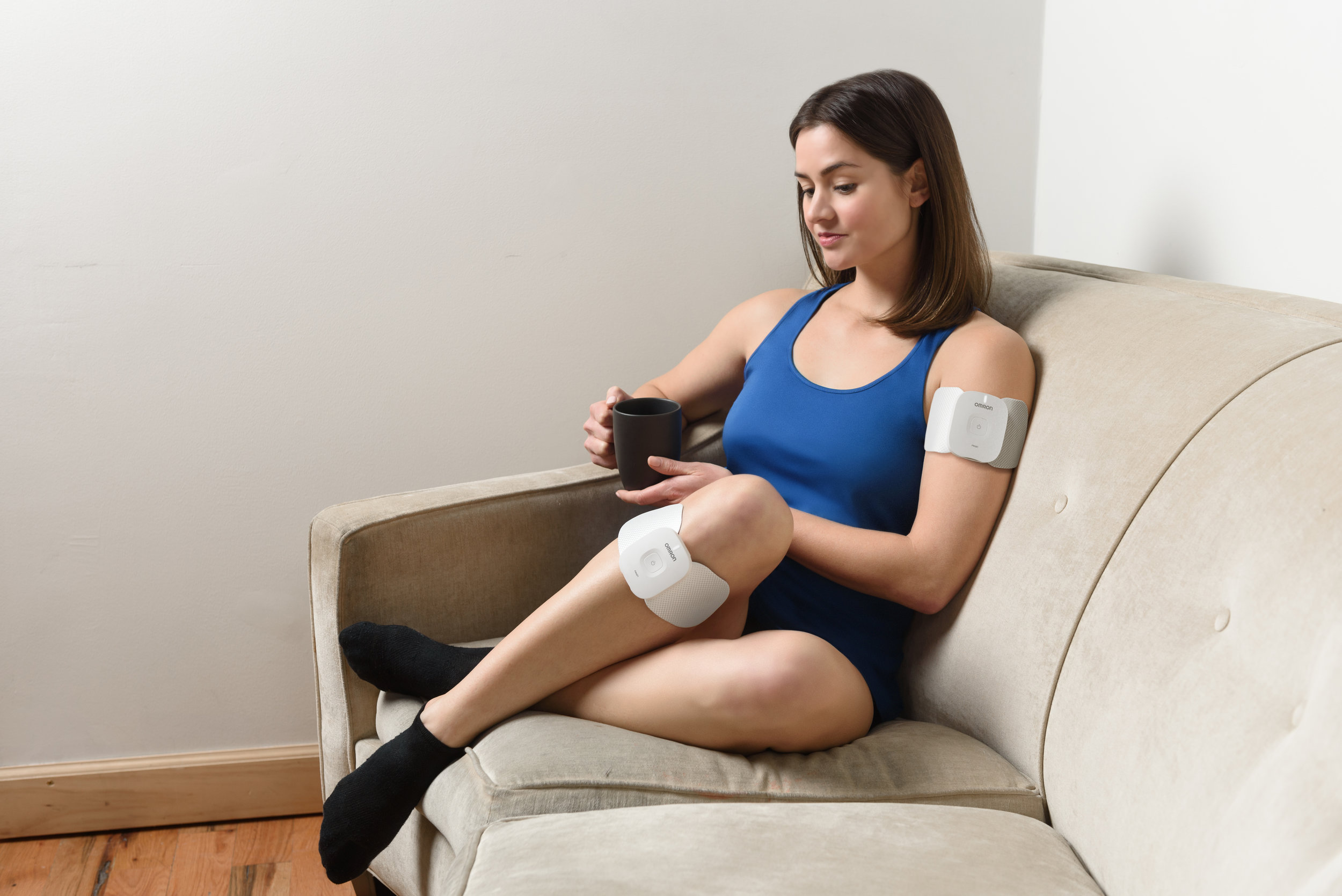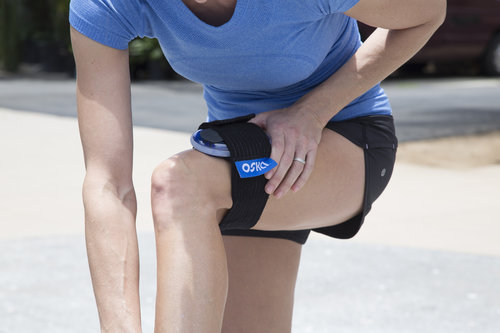Lyrica and Neurontin Ineffective for Low Back Pain
/By Pat Anson, Editor
Lyrica, Neurontin and other anti-convulsant drugs are ineffective for treating low back pain and may even be harmful to patients, according to a new study published in the Canadian Medical Association Journal.
Prescriptions for anti-convulsant drugs have soared in recent years, as doctors seek “safer” alternatives to opioid pain medication. Lyrica (pregabalin) and Neurontin (gabapentin) belong to a class of anti-convulsant nerve medications known as gabapentinoids. They are primarily used for treating nerve pain and fibromyalgia, but are increasingly being prescribed off-label to treat lower back and neck pain.
Australian researchers reviewed 9 placebo-controlled randomized trials and found high quality evidence that gabapentinoids did not reduce back pain or disability and often had side effects such as drowsiness, dizziness and nausea.
“The take-home message is that anti-convulsants are not effective and can lead to adverse effects in people with low back pain and radiating leg pain (eg, sciatica), so they should not be recommended to this patient population,” lead author Oliver Enke, MD, a researcher at the University of Sydney Medical School, told Helio Family Medicine.
Low back pain is the world’s leading cause of disability. Guidelines for treating low back pain usually recommend physical therapy, exercise and non-opioid pain relievers rather than stronger analgesics such as opioids or anti-convulsants.
A 2017 study published in PLOS Medicine also warned that pregabalin and gabapentin were ineffective for low back pain and have a “significant risk of adverse effects.”
PNN readers often complain about side effects from Lyrica and Neurontin.
“I have used both medicines and neither help with lower back pain for me,” said Sheri. “I will say the mental confusion and memory loss on Lyrica is very real, but it takes a slight edge of pain away in my body as a whole from the fibromyalgia.”
“I can vouch that Lyrica does not help with back pain,” said Debra. “It helped with the nerve pain but I thought I was literally losing my mind. I couldn't remember simple words or synonyms for words.”
“I've been taking gabapentin for almost six months; it has helped my peripheral neuropathy, but I still suffer every day from arthritis in every joint of my body, including my lower back,” another reader wrote.
Lyrica and Neurontin are both made by Pfizer and are two of the company’s top selling drugs, generating billions of dollars in sales annually. Lyrica is approved by the FDA to treat diabetic nerve pain, fibromyalgia, post-herpetic neuralgia caused by shingles, and spinal cord injuries.
Neurontin is approved by the FDA to treat epilepsy and neuropathic pain caused by shingles, but is also widely prescribed off-label to treat depression, ADHD, migraine, fibromyalgia and bipolar disorder. According to one estimate, over 90% of Neurontin sales are for off-label uses. About 68 million prescriptions were written for gabapentin in the U.S. last year, compared to 44 million in in 2013.
There have been increasing reports of gabapentinoids being abused by drug addicts, who have learned they can use the medications to heighten the high from heroin, marijuana, cocaine and other substances. Gabapentin is not currently scheduled as a controlled substance by the DEA, while pregabalin is classified as a Schedule V controlled substance, meaning it has a low potential for addiction and abuse.
































